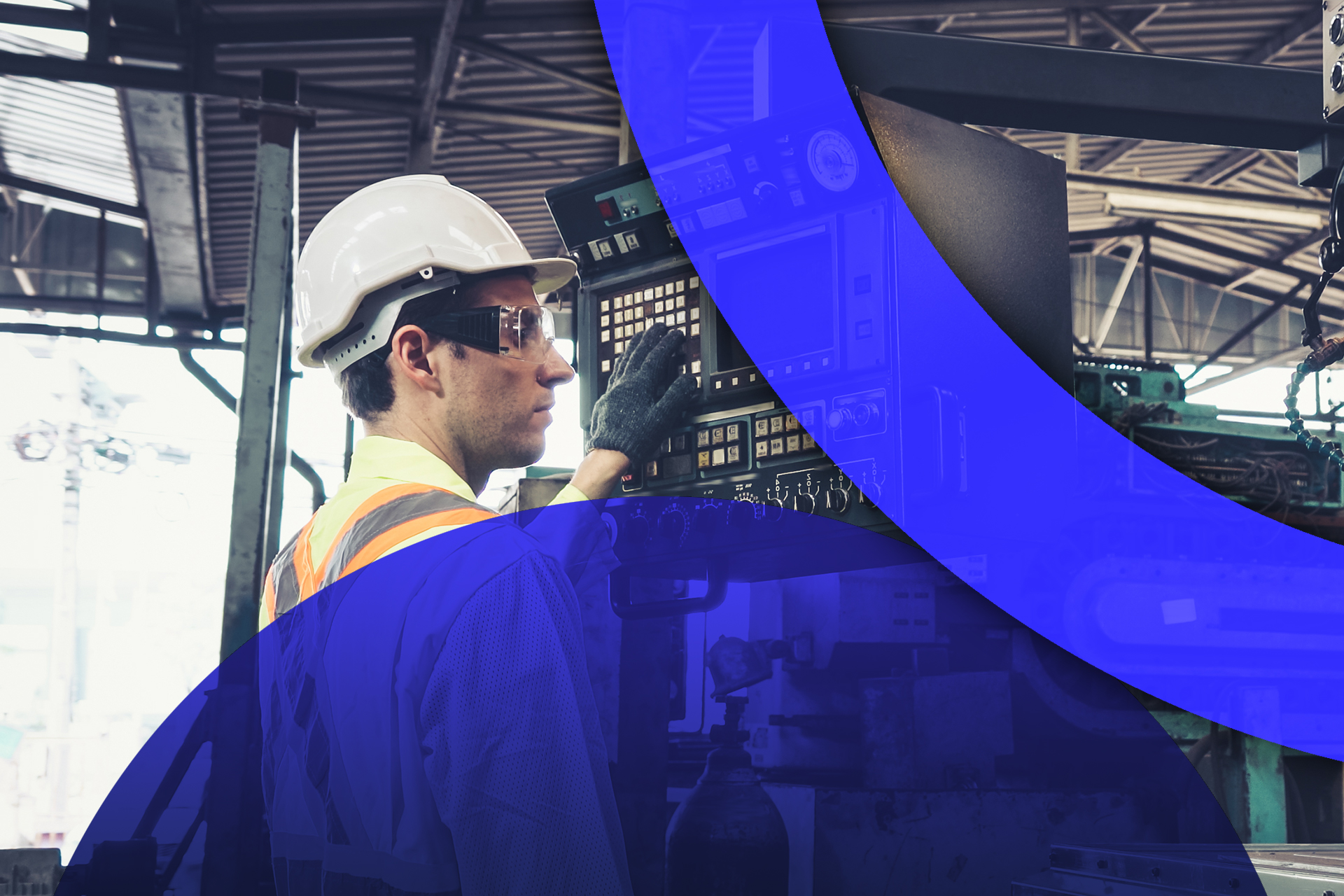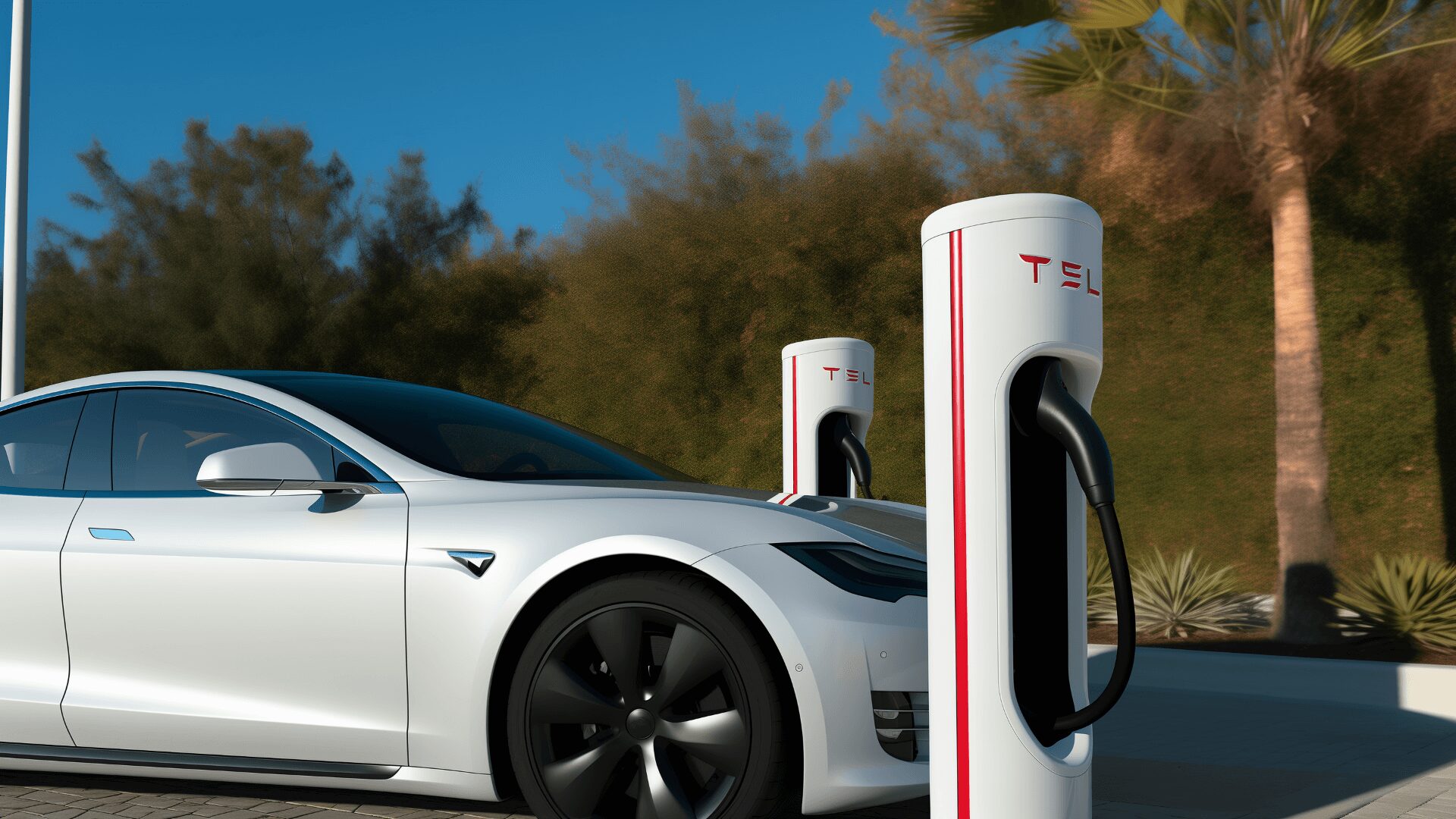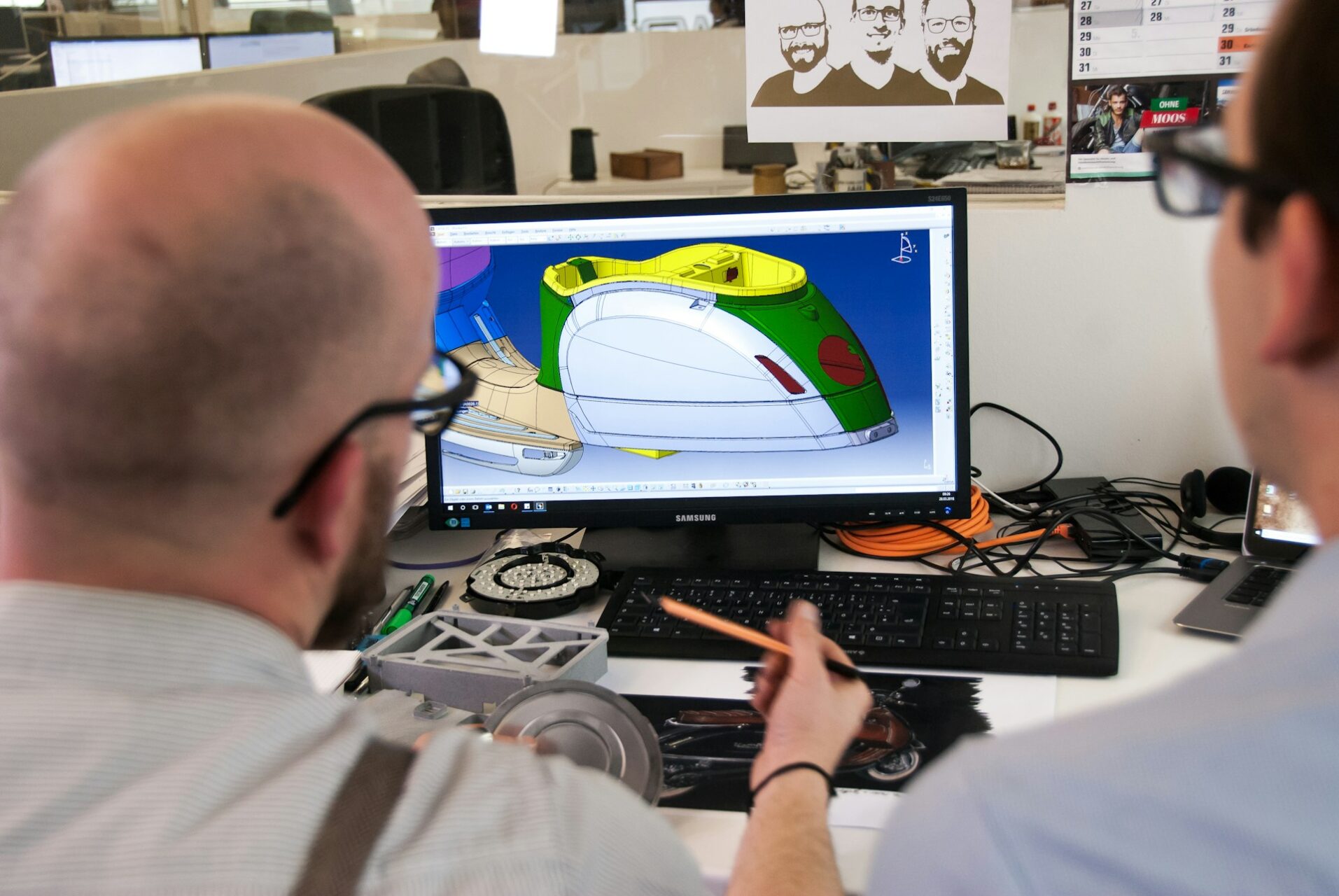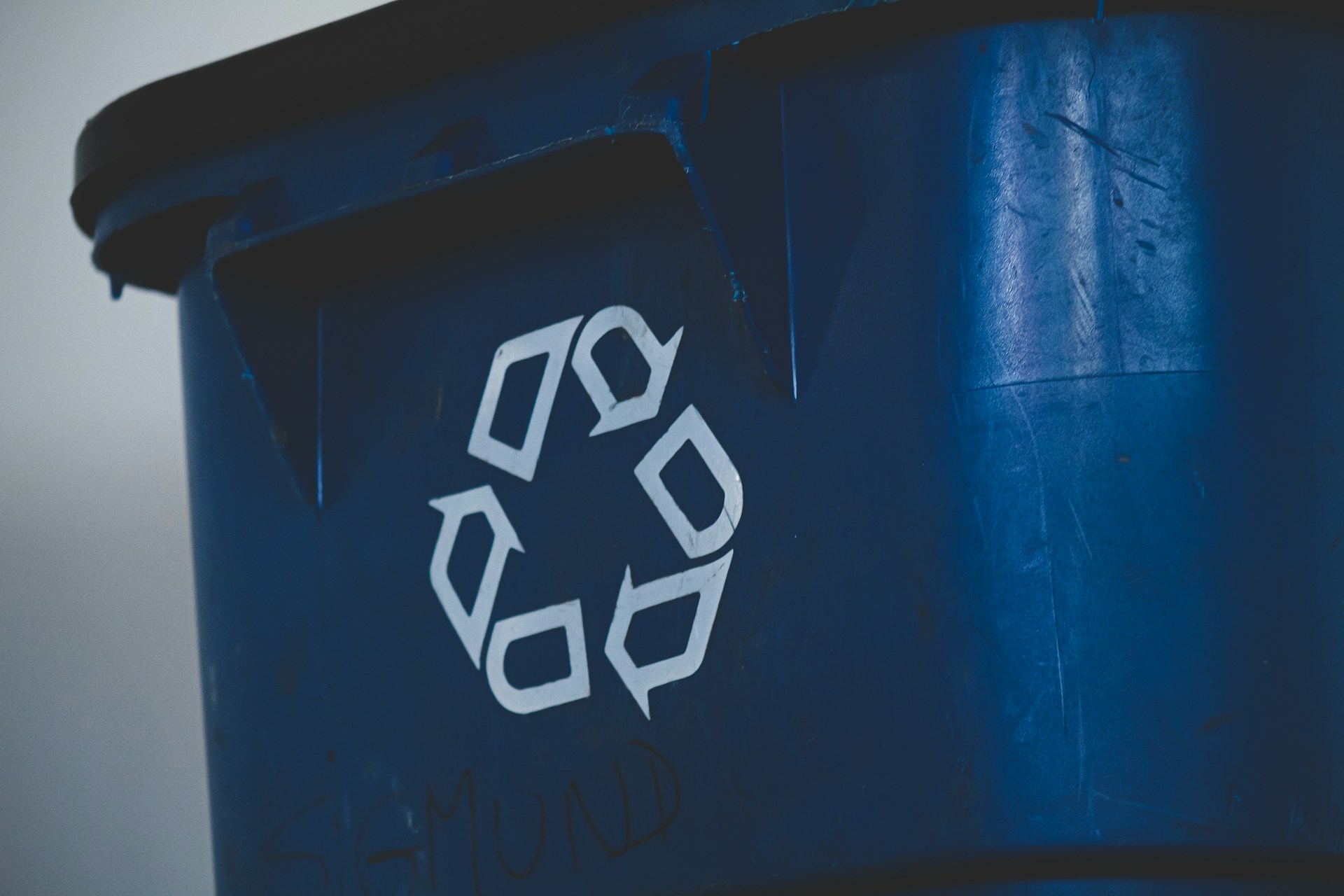
Why Is Manufacturing a Key Player for a Successful Circular Economy?
May 4, 2021 - Emily Newton
Revolutionized is reader-supported. When you buy through links on our site, we may earn an affiliate commision. Learn more here.
The traditional manufacturing approach centers on the take-make-waste model. Companies use available resources to create products that eventually become waste because people only use them for a short time. The circular economy operates in stark contrast. It involves actions such as:
- Prioritizing resource sharing.
- Facilitating recycling programs.
- Selecting long-lasting materials.
- Renting equipment.
- Practicing preventive maintenance.
- Promoting natural systems regeneration.
- Minimizing pollution and waste.
Helping the world get closer to a widespread circular economy undoubtedly requires actions from numerous industries, decision-makers, and concerned consumers. However, the manufacturing sector will likely play an above-average and increasingly active role in making the circular economy more prominent. Here’s a look at why that’s the case.
Manufacturing Activities Account for Significant Emissions
Many people know that now is a vital time to cut emissions for the sake of the planet’s future. World leaders have set ambitious emissions targets and suggested ways to meet them. Individuals may not immediately know that various manufacturing operations comprise major percentages of global emissions.
For example, 24.2% of emissions come from industrial energy usage. A further breakdown indicates that iron and steel manufacturing causes 7.2% of those emissions, while chemical and petrochemical manufacturing results in 3.6% more. Also, 10.6% of emissions come from a broad manufacturing group, encompassing goods like textiles, wood products, and cars.
However, manufacturers have numerous avenues to explore for reducing emissions. One involves using Internet of Things (IoT) sensors. Real-time information helps factory managers determine which processes or products account for the most emissions. They can then research methods for reducing them.
Similarly, IoT sensors can help company leaders become more aware of malfunctioning equipment. Machines that need servicing often cause more pollution than high-functioning ones. IoT data could also encourage decision-makers to become interested in more planet-friendly equipment, perhaps using a rent-to-own model to make the costs more manageable.
Durability Begins During the Design Phase
A substantial part of the circular economy requires keeping products in use for as long as possible. A proactive way to make that happen is to focus on long-lasting usability during the design phase. Swedish furniture brand IKEA aims to become a 100% circular company by 2030. Malin Nordin, head of circular development at Inter IKEA Group, explained more about what that means.
“We want to make it easier for customers to acquire, care for, and pass on products in circular ways, such as repairing, reusing, reselling, and recycling them. To do this, we are committed to designing all of our products to be 100% circular from the beginning, using only renewable or recycled materials, and to developing circular capabilities in our supply chain.“
She continued, “We work according to circular design principles, where products are designed to generate as little waste as possible from the very beginning. They are our way of ensuring all products within the IKEA range fulfill our ambition to become fully circular.”
She gave an example of an IKEA cabinet door made with 100% recycled wood and plastic. However, embracing the circular economy also means designing products that remain useful to customers as their lives change. That’s why IKEA offers modular furniture, with pieces people can add or remove as needed, as well as baby cots that convert into toddler beds.
Consumers will be more likely to participate in the circular economy if they perceive it’s easy to do it. IKEA is an example of a company that’s showing them such convenience by focusing on intelligent design.
Emerging Manufacturing Models Support Circular Economy Efforts
The traditional method of acquiring manufacturing equipment involved buying them. Now, new “as-a-service” models provide more options. For example, manufacturing-as-a-service (MaaS) gives companies more access to innovative equipment without making those clients cover repair and upgrade costs.
The MaaS model also provides manufacturers opportunities for increased revenue. Suppose a company has a 3D printer only used for occasional projects. Decision-makers might open up the machine’s availability to fellow manufacturers that need the equipment but are not ready to buy it themselves. That choice supports the circular economy model by keeping the printer in use more often instead of idle.
The “as-a-service model” doesn’t only mean making machines available. Tech company Philips has a lighting-as-a-service program. It helps clients upgrade to energy-efficient options, while Philips takes care of any necessary repairs or maintenance. Some companies offer compressed-air-as-a-service models, too.
Asset upcycling is another compelling option for manufacturers. It allows them to purchase refurbished equipment or choose to have items repurposed instead of ending up as e-waste. One company specializing in asset upcycling processed more than 3.1 million technology items in a year, returning nearly 90% of them to active use.
Consumers Appreciate Ease While Engaging in the Circular Economy
The circular economy has become a hot topic, but many people remain unsure of how to participate in it, or they perceive lacking the necessary resources to do so. Manufacturers can address those things.
A 2020 survey of consumer opinions about the circular economy showed that so-called Circular Sympathizers and Circular Champions make up 58% of those polled. Those groups represent the people most open to the circular economy or those who already practice its concepts.
The survey showed that electronics were among the goods that even those committed to the circular economy are more likely to replace than repair. A closer look indicated that 70% would more frequently choose electronics repair if brands offered low-cost services.
Moreover, 41% of respondents did not know where to go to have electronics items fixed. If manufacturers published those details or offered in-house services, customers would likely show interest.
Another finding from the research was that, when it comes to clothing, 43% of Circular Sympathizers and 55% of Circular Champions don’t know how to fix their garments. Outdoor wear manufacturer Patagonia seeks to change that with a new initiative that teaches people basic repair skills.
Several years ago, the brand captured headlines by launching events where people could bring their Patagonia gear to professionals to get the items fixed. The company also has a program for reselling used items from the brand.
This newer initiative concerns online tutorials that teach people how to do things like replacing zippers or sewing on buttons. It also includes content about related topics, such as how to launder rain jackets and care for the company’s various fabrics.
Manufacturers Can Support Recycling Efforts
Many manufacturers have made it easier for their customers to recycle products and packaging. For example, a product’s box might have printed details about each material used to make it, including recycling information. However, some companies are going quite a bit further in their recycling-related endeavors.
A collaboration between IBM and Mitsui Chemicals will develop a blockchain platform that tracks the complete material lifecycle, from the raw components to the sold products. Besides showing those details, the tool will include data about available in-house recycling options for manufacturers, quality data, and more.
Sambe Masao, an executive officer at Mitsui Chemicals, said, “By combining this all with digital transformation technologies, most notably blockchain technology, we will go about building a resource circulation platform that acts as a materials traceability system, helping, in turn, to bring about a circular economy.”
Manufacturers can also help the circular economy prosper by investing in startups that support relevant values. In a recent example, Jaguar Land Rover did that with its venture capital and mobility arm, InMotion Ventures, and a company called Battery Resourcers.
Battery Resourcers possesses the exclusive license for a closed-loop process that combines battery recycling, refining, and materials engineering. The company’s goal is to convert scrap batteries into materials used to make new power sources. The investment ties into Jaguar Land Rover’s goal of achieving net-zero carbon emissions for its supply chain, operations, and products by 2039.
Manufacturers Are at the Heart of the Circular Economy
It’ll take more than manufacturing initiatives for the world to move towards a more circular economy. However, these examples show why manufacturers can lead the way. Anyone interested in making their business follow circular economy practices should remember that success comes through an ongoing process.
A company may take small steps at first, and that’s okay. Eventually, all those minor efforts will come together to bring significant results.
Revolutionized is reader-supported. When you buy through links on our site, we may earn an affiliate commision. Learn more here.
Author
Emily Newton
Emily Newton is a technology and industrial journalist and the Editor in Chief of Revolutionized. She manages the sites publishing schedule, SEO optimization and content strategy. Emily enjoys writing and researching articles about how technology is changing every industry. When she isn't working, Emily enjoys playing video games or curling up with a good book.




